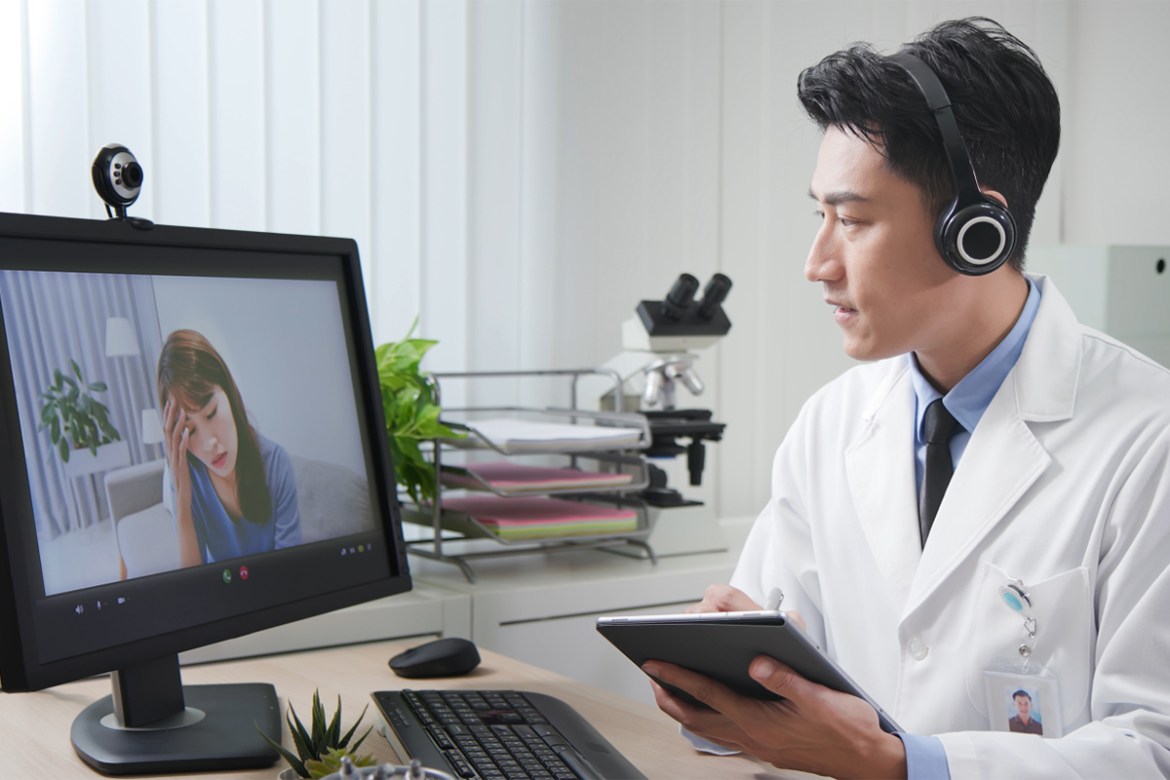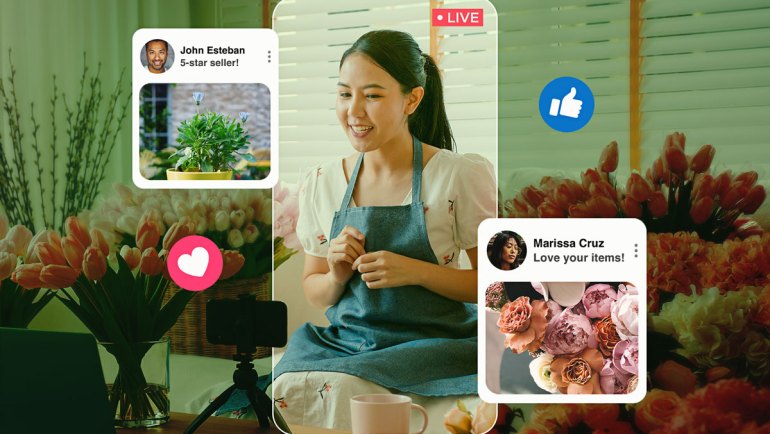The first six months of 2021 was a doozy. It felt like a replay of 2020, with COVID-19 showing no signs of slowing down and lockdowns having unwanted comebacks throughout the country.
Health remained the topmost priority as we continued to navigate the outside world with caution. But beyond forming habits of wearing face masks and practicing social distancing in 2020, there were other health-related practices we learned this year.
Telemedicine is the safer alternative.
Eliminating the need for non-emergency patients to step out of their homes, telemedicine provides real-time primary care services and medical advice through online consultations.
Once a doctor gives his diagnosis, an e-prescription is given, laboratory tests are requested, or the case is passed on to necessary health care facilities via electronic medical records.
Following this global trend, the Department of Health (DOH) set up a COVID-19 hotline (1555) and partnered with various LGUs and telemedicine platforms (such as SeeYouDoc, CloudPx, and HealthNowPH) so more Filipinos can easily speak with board-certified doctors.
Free telemedicine service provider Medgate confirmed delivering close to 70,000 e-consultations nationwide in just a few months—proving the necessity of this medical service.
Health devices promote peace of mind.
Data Reportal’s July 2021 report states that there are 4.80 billion internet users around the world, 35.8% of which go online to research health issues and healthcare products.
On a similar note, PruLife’s Pulse of Asia: The Health of Asia Barometer 2021 survey reveals that 79% of Filipino respondents make use of digital health platforms and personal health technologies.
These people have taken control of their health by investing in portable digital devices (blood pressure monitors, smart watches, and smart body temperature thermometers, to name a few) and mobile apps to keep track of their vital signs while at home.
But more than just providing or recording data, these digital tools gave users a sense of comfort as they maintained their recommended health levels.
Mental health deserves equal attention.
Fear, worry, and stress were some of the normal responses to the threat of COVID-19. These continue to be felt by people around the world as they face prolonged periods of isolation, lack of physical contact, financial hardships, and fatigue from studying or working at home.
In the Philippines, DOH reports that at least 3.6 million Filipinos are battling mental health issues in 2021—a quarter of these people surveyed admitted to having moderate to severe anxiety triggered by COVID-19.
Additionally, one in three COVID-19 patients get diagnosed with a neuropsychiatric condition, commonly manifesting anxiety, mood changes, and substance use disorders.
Finding ways to address this serious issue, DOH and the World Health Organization encourage Filipinos to be open and compassionate in discussing mental health within their circles—thereby removing the stigma that prevents people from seeking help.
People facing mental health issues are urged to call the National Center for Mental Health hotline (0908-639-2672 for Smart/Sun/TNT subscribers; 1553 for Luzon-wide landline users) to learn how to cope with anxiety and depression or to get referrals to psychiatrists and psychologists (tip: you can also check out this list of groups offering free online counseling).
As COVID-19 continues to limit our movement and physical interactions in 2021, you can rely on the digital world to help improve your overall well-being. Staying connected with loved ones and pursuing your passions through Smart’s 5G technology are just some of the ways you can achieve it.
Click here to discover unlimited 5G offers for Smart Prepaid and Smart Bro subscribers.



